Medicare Part D Updates for 2026: Capping Medicare beneficiaries’ total out-of-pocket costs per year at $2,100 combined for all Part D medications; Medicare Prescription Payment Plan--allowing patients to spread out their annual costs in a monthly plan.
The annual Open Enrollment period for Medicare Part D coverage starting on January 1, 2026 will run from October 15 - December 7, 2025. Each year, MAPRx produces an Open Enrollment Guide to explain changes to the program and assist beneficiaries in choosing the plan that best meets their needs for the coming year.
Protecting and strengthening Medicare Part D
The Lupus Foundation of America founded the Medicare Access for Patients Rx (MAPRx) Coalition in 2005, shortly after the creation of Medicare Part D. Before the program began providing coverage to Americans in 2006, the Foundation brought together the patient advocacy community to lend its collective voice to the design and implementation of Part D.
Nearly two decades later, MAPRx continues to amplify the patient voice to protect, strengthen, and improve Medicare Part D. Under the Foundation’s leadership, MAPRx is a leading voice on Medicare Part D in Washington, DC.
Today, the MAPRx Coalition brings together more than 60 national organizations, representing patients, caregivers, and healthcare professionals, committed to improving access to prescription medications through Medicare Part D and safeguarding the well-being of people who rely on the program. One out of every eight Americans have prescription drug coverage through Part D, and MAPRx’s members represent every segment of these beneficiaries.
To learn more about MAPRx and Medicare Part D, visit the MAPRx website.
If you are living with lupus and a new or existing Medicare Part D beneficiary, the Lupus Foundation of America has created a version of the 2026 Open Enrollment Guide specifically for you available October 15. Click here to view and download this version.
On September 18, 2018 MAPRx hosted a Summit celebrating the first 15 years of Medicare Part D and its successes, while also highlighting some of the challenges facing the program and the opportunities to strengthen and improve it.
Watch the SummitOn the 15th anniversary of Medicare Part D, MAPRx released a report which found that while the program is as popular and robust as ever, it faces challenges that, left unaddressed, could result in increased costs and limited access for millions of beneficiaries.
Read the Report


